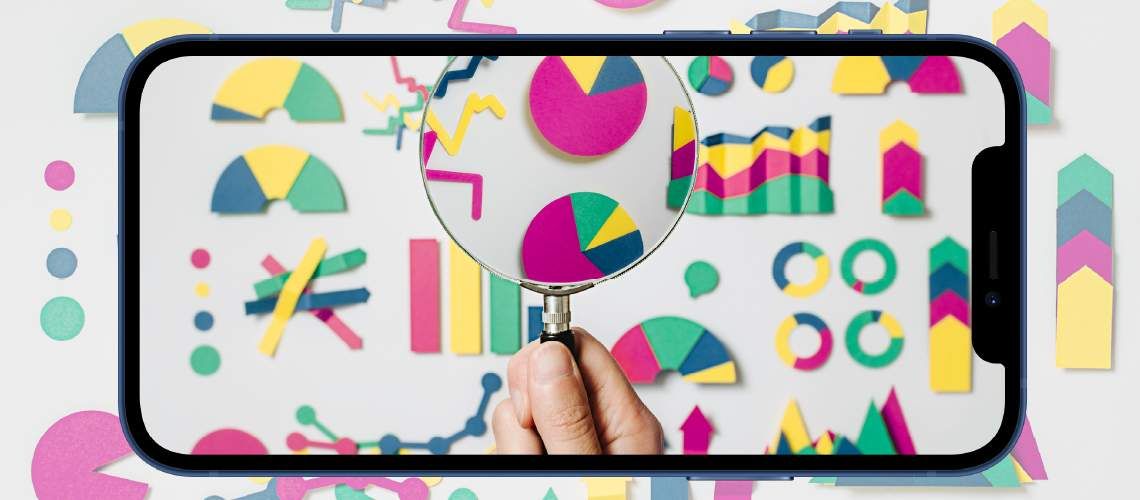

How to Leverage Veterinary Technology to Enhance Diagnostic Screening
Diagnostic screening plays a pivotal role in ensuring the well-being of our beloved pets. However, despite its importance, initiating discussions about testing during routine veterinary check-ups can be challenging.
As veterinarians, we often find ourselves in the dilemma of trying to balance the need for thorough screenings with the fear of overwhelming clients or being perceived as upselling unnecessary services. Fortunately, advancements in veterinary technology have paved the way for more seamless and effective communication, ultimately leading to increased compliance with diagnostic testing recommendations.
Everything you need to connect with clients—all in one place. Learn about Vello by IDEXX.
The Importance of Diagnostic Screening
Recent studies, such as the one conducted by IDEXX, shed light on the prevalence of clinically relevant abnormalities discovered through preventive care lab work. The data reveals that even seemingly healthy pets can harbor underlying health issues. For example, IDEXX's study found that 1 in 5 mature adult dogs, 1 in 3 mature adult cats, 1 in 7 young adult dogs, and 1 in 5 young adult cats exhibited clinically significant abnormalities during routine screenings.
Even though it's necessary to discuss diagnostic screening, broaching the subject with clients in the exam room can be daunting for veterinarians. Clients may get the impression they're being upsold services or may need additional time to process the information and make informed decisions. To address these challenges, appointment communication platforms have emerged as invaluable tools for "priming" clients before their appointments, thus allowing more productive conversations during the visit.
How Veterinary Apps and Platforms Can Help
Appointment communication platforms offer a range of features designed to streamline the diagnostic screening process and enhance client engagement. From pre-appointment instructions to "sample due" reminders and blood work recommendations, these technologies can empower clients to take a proactive approach to their pet's health. For example, clients could receive reminders about upcoming appointments along with instructions on whether fasting or sample collection is required, ensuring they arrive prepared for the diagnostic tests and any other recommended wellness testing.
Moreover, practices can use these platforms to share the recommended testing with associated costs ahead of time, making what can sometimes feel like a "sales conversation" in the exam room to one that happens before the client even walks in the door. Leveraging platforms in this way can foster a more collaborative approach to pet care, where decisions are made in partnership with the pet owner.
One of the key features offered by appointment communication platforms is two-way SMS messaging, which allows for clients to reach out before the appointment with questions about pre-testing steps they may need to take, such as samples or fasting.
Best Practices to Leverage Technology and Maximize Its Impact
To leverage veterinary technology in engaging clients on preventive care testing, these tips may help, especially for busy practices:
- Embrace automation. Utilize appointment communication platforms to automate routine tasks, such as appointment reminders, sample collection instructions, and follow-up communications. You can even customize these automated communications to make it easier to stay consistent with pet owner outreach. For example, the veterinarian could use these platforms to ensure a reminder of preventive bloodwork is always sent ahead of wellness appointments. This can free up valuable time for yourself and the veterinary team to focus on providing more personalized care to patients.
- Tailor for each client. Customize messages to address the specific needs and preferences of individual clients. Personalized communications are more likely to resonate with clients and increase their engagement with diagnostic testing recommendations.
- Educate clients. Use veterinary technology to deliver educational content about the importance of preventive care diagnostics and the specific tests recommended for their pet's age, breed, and health status. Well-informed clients are more likely to prioritize their pet's health and comply with recommended screenings.
Technology has revolutionized the way veterinary practices communicate with clients about diagnostic screening, making these discussions more accessible, informative, and collaborative. By leveraging appointment communication platforms and embracing best practices for client engagement, we can increase compliance with preventive care diagnostics, ultimately improving the health and well-being of our patients.







